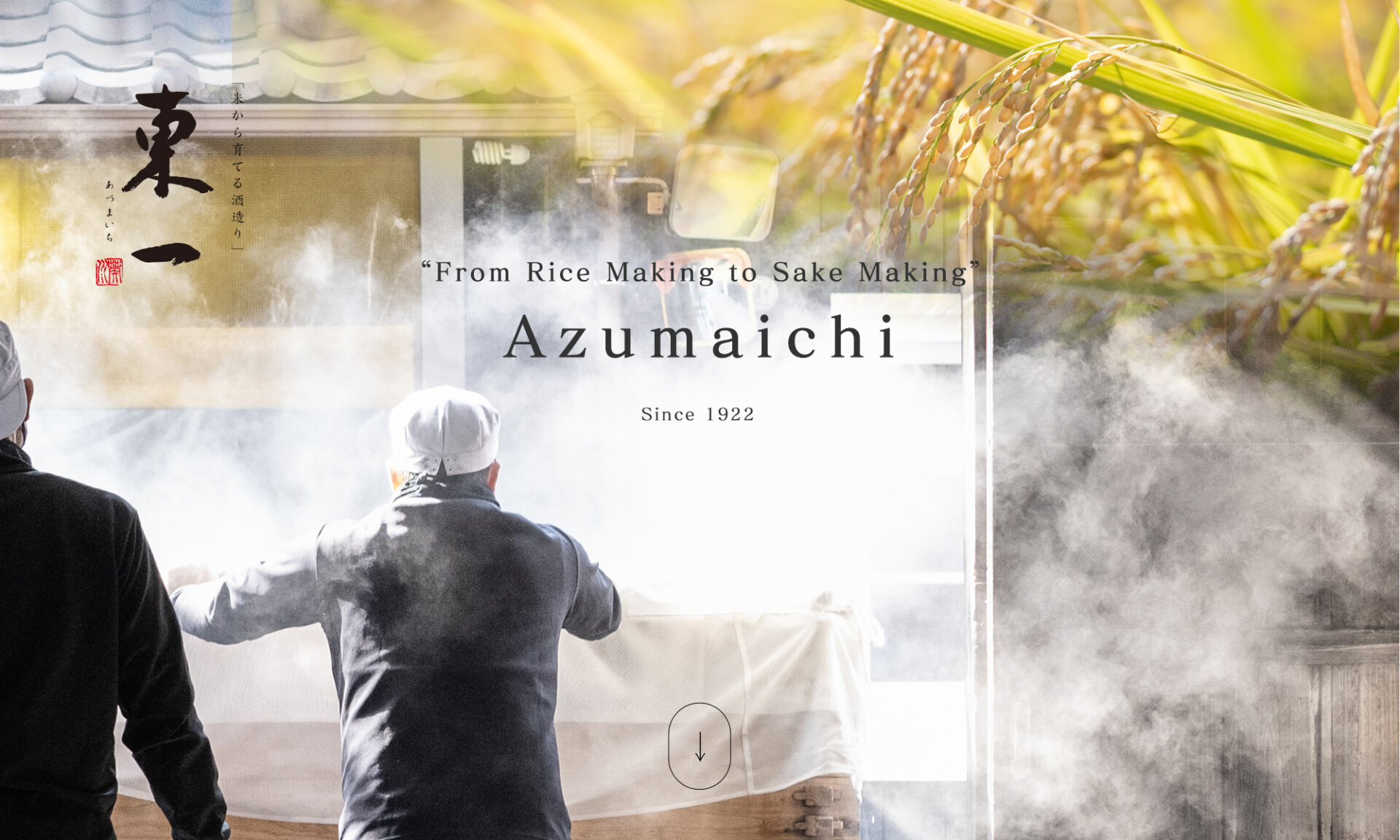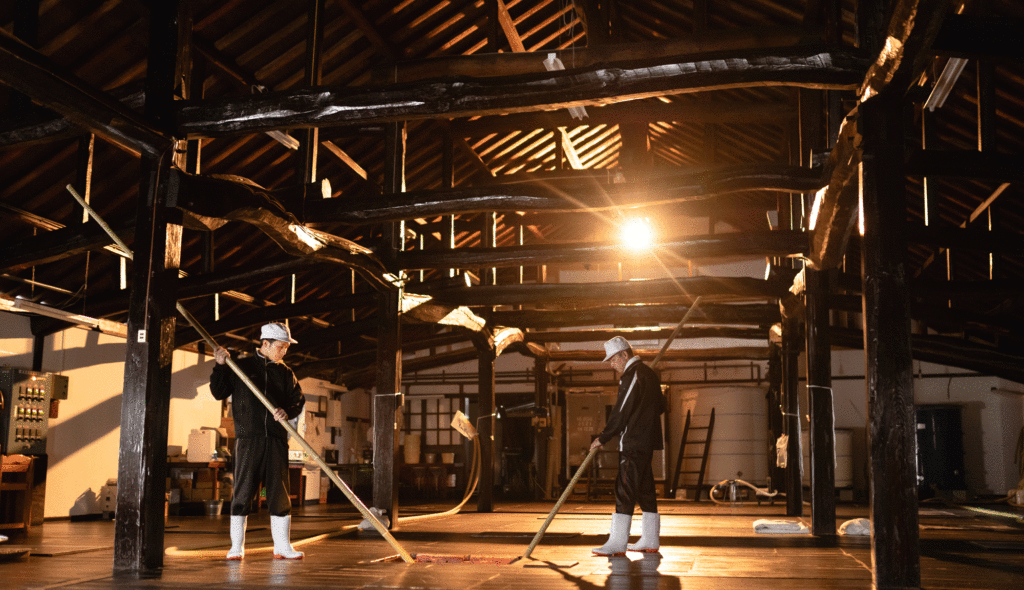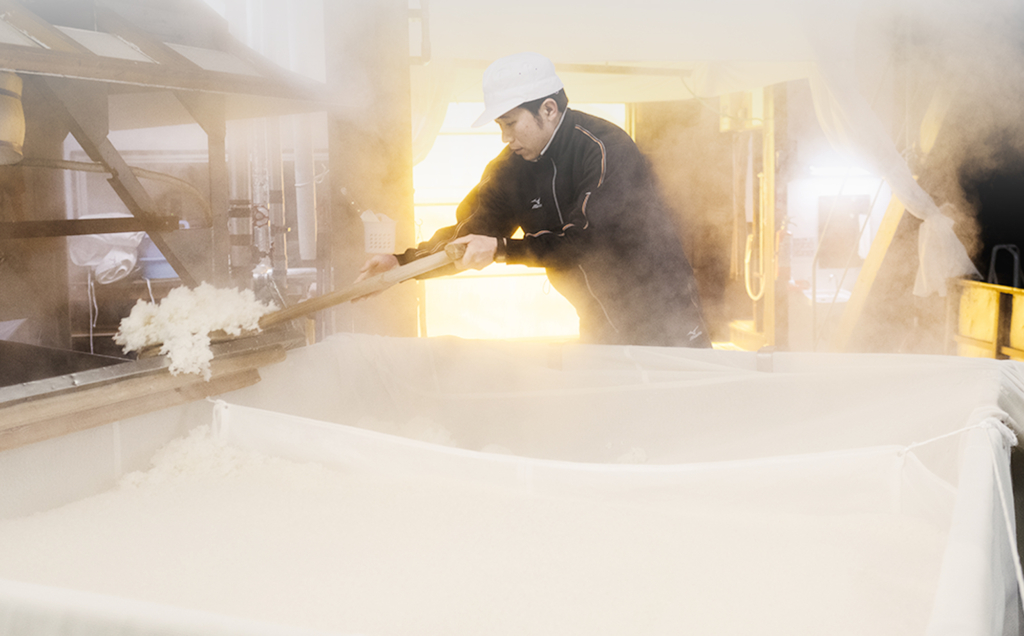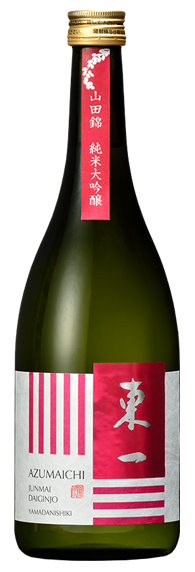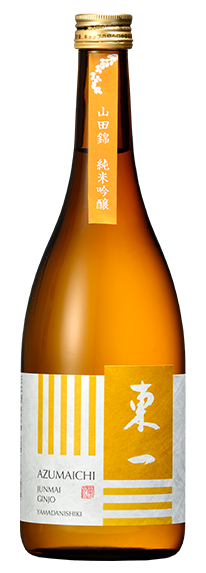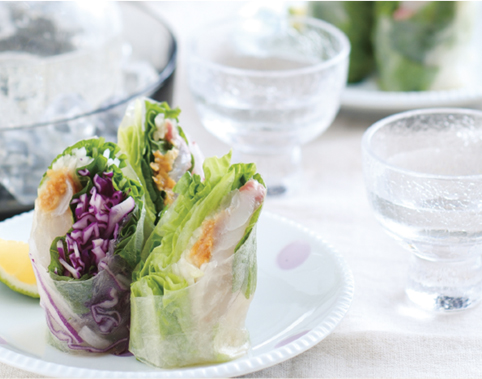-Climate-
We are located in the southwestern area of Saga prefecture, near the Ariake sea. Surrounded by mountains, the town of Shiota takes advantage of the rapid temperature change for farming, with rice being one of the leading crops.
The Gochoda region in which our brewery is located has always had good quality paddies, making the land well suited for rice production.
-History-
In 1922, Gochoda brewery branched from Seto Brewery.
(We’ve reached our 100th anniversary in 2022.)
In 1988, we began our own production of “Yamadanishiki,” a sake brewing rice which was hard to acquire at the time. The sake cellar is surrounded by rice paddies, and the brewers cooperate with the rice farmers every year.
(We’ve reached our 100th anniversary in 2022.)
In 1988, we began our own production of “Yamadanishiki,” a sake brewing rice which was hard to acquire at the time. The sake cellar is surrounded by rice paddies, and the brewers cooperate with the rice farmers every year.

